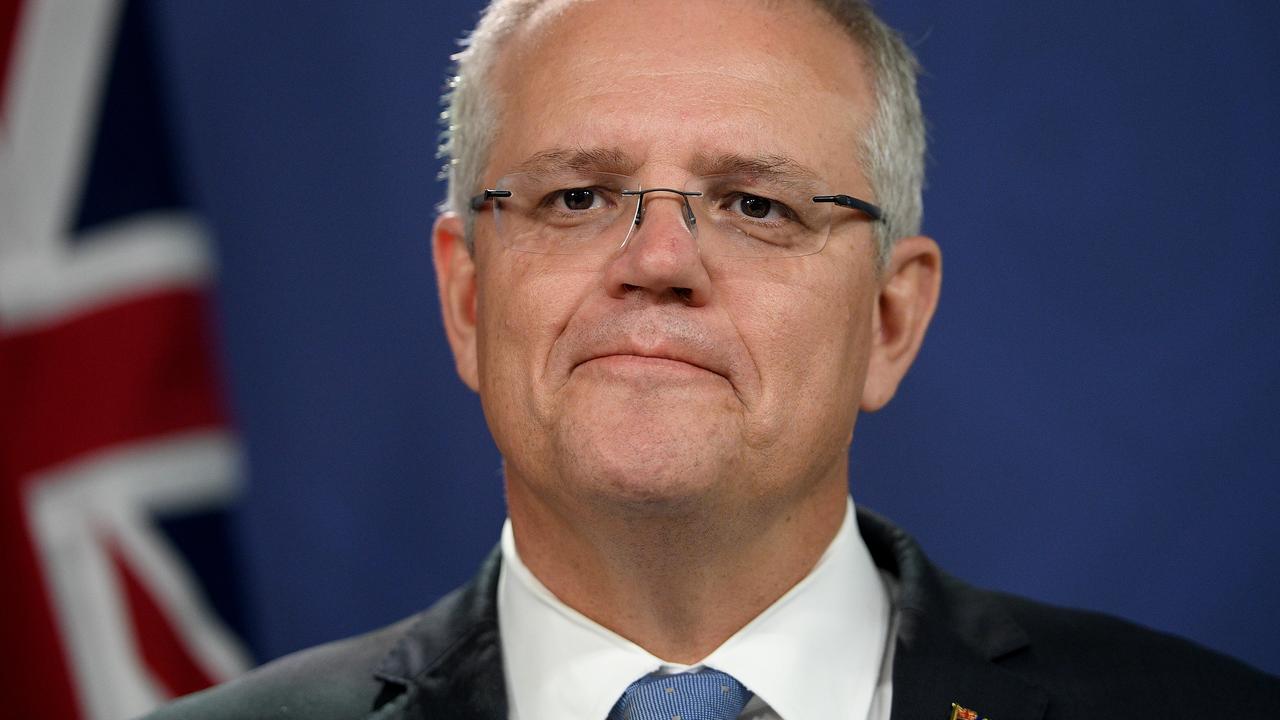Splits aside, Coalition maintains the status quo
QUEENSLAND has become an electorally fractured state, as voting allegiances shift between the major parties and drift to and from the minor parties.
After record low support for Labor in the second quarter of this year, a record high for the Coalition and strong support for the Greens, there has at the same time been a series of voting splits.
The Coalition's high-water mark of 54 per cent in April-June has dropped back to 47 per cent; Labor's low-water mark of 22 per cent has risen; Greens' support has slumped; and support for "others" is now the highest in Queensland of all the mainland states.
Greens voters appear to be going to Labor, while Coalition supporters seem to be moving to the camp of minor parties such as Bob Katter's new party.
In the final quarter of 2012, the Coalition has retained its devastating two-party-preferred lead over Labor in Queensland.
NEWSPOLL: State and demographic breakdowns
According to the latest state and demographic breakdown of Newspoll surveys between October and December, conducted exclusively for The Australian, the Coalition leads Labor, based on preference flows at the last election, by 58 to 42 per cent.
At the 2010 election, the Coalition had 55.1 per cent of the two-party-preferred vote and the Labor Party 44.9 per cent.
Queensland is seen as one of two key battlefields in next year's federal election - along with NSW - and a three-point swing away from Labor would cost the ALP three or four seats.
But the two-party-preferred estimates mask significant shifts in the Queensland federal primary vote, where Julia Gillard and Wayne Swan have been attacking the Queensland LNP government of Campbell Newman.
Queensland remains the worst state for the Prime Minister personally, and Tony Abbott's best.
In the nine months since April, the Coalition's primary vote has dropped from 54 to 47 per cent, back where it was at the 2010 election; Labor's primary vote has jumped 10 points from 22 to 32 per cent; the Greens' support has fallen from an election-level high of 11 per cent to 7 per cent; and support for the others has returned to an equal two-year high of 14 per cent.
It appears the loss in Greens support has helped bolster Labor's primary vote and that some of the Coalition's lost support has gone to the ALP and the "others".
The result - given that 80 per cent of Greens preferences are assumed to flow to the ALP and about 60 per cent of the "others" preferences will flow to the Coalition - is the maintenance of the Coalition's two-party-preferred dominance. But at an election, individual seats may be determined differently because of preferences in a particular seat and candidates standing in a given seat. The change in primary vote might also have an important bearing for the Senate election.


